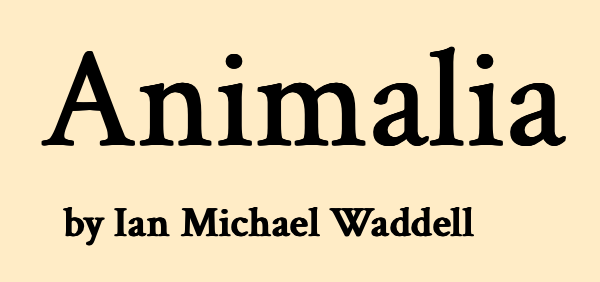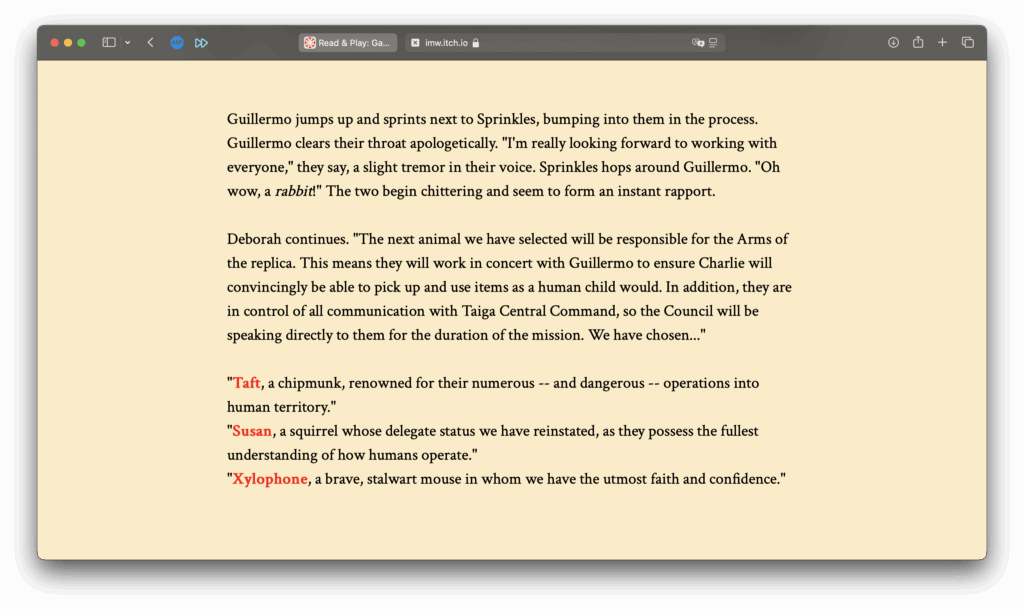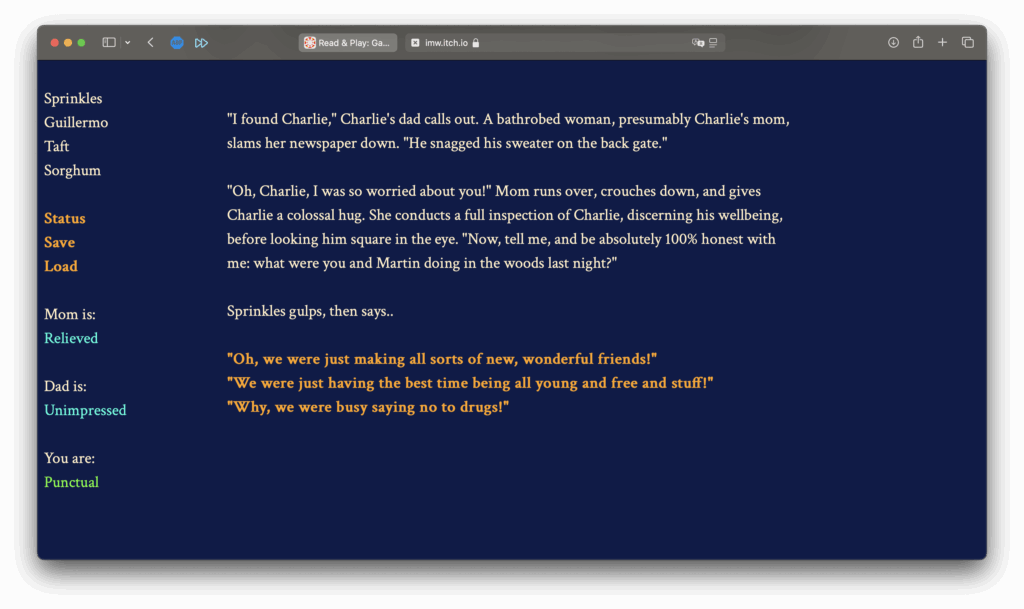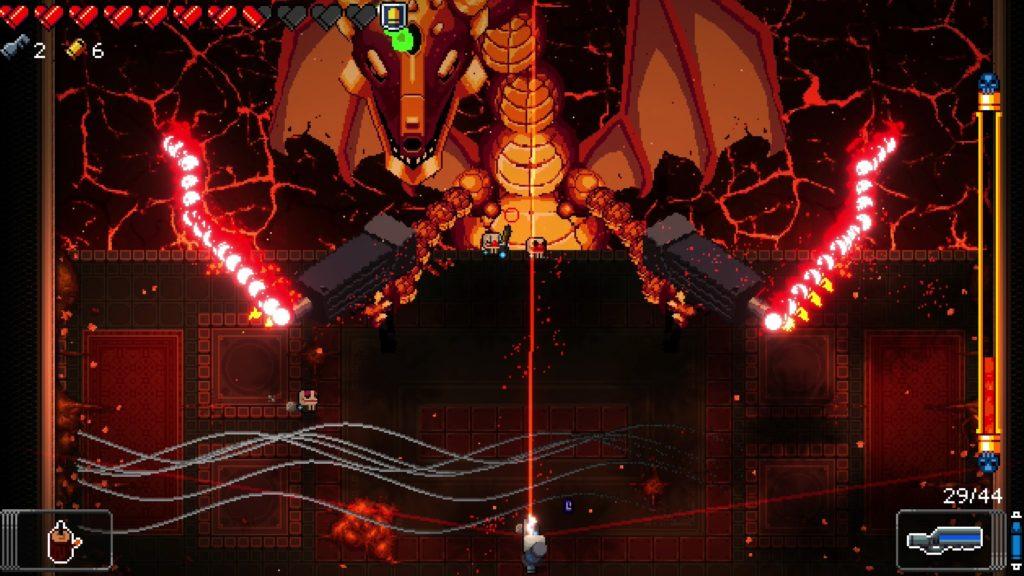This week I played Animalia, a work of Interactive Fiction (IF) designed, written, and published by Ian Michael Waddell for free on itch.io. In this game, you play as a group of four animals from the Taiga who are in charge of pretending to be a nine-year-old child in order to save their home from human invasion. Although not explicitly stated, Animalia seems targeted towards people already familiar with IF and platforms such as itch.io that typically host indie games and other IFs. A Google search for “Animalia” doesn’t return anything regarding video games, and “Animalia game” returns other video games that have the same name. Only when you explicitly add “interactive fiction” to the search will its itch.io link appear.
Animalia takes an enacting stories strategy in conveying its narrative. The player chooses the characters that will take part in the narrative at the beginning, all of which have their own prescripted names, personalities (animalities?), strengths, and weaknesses (Fig. 1). The player can make choices on which characters say what and determines which actions the characters will take, however these dialogue and action choices are also prescripted and appear as menus in which the player sees what each character will say in order to progress the story with their selected choice (Fig. 2). Although this takes some agency away from the player, as there are objects and people that cannot be interacted with unless hardcoded, it creates a much more curated environment as the developer was allowed to really flex their writing muscles with the options provided. As a player, I never felt like there was something I wanted to do that I was explicitly not allowed to do through the menus, and most choices seemed equally appealing. As a designer, I should certainly ensure that options given to the player are interesting and appealing, unless I’m trying to tell a specific story about the nature of choice or making the player feel bad about any action they take, neither of which are the goal of my P2.
Animalia is interesting because I don’t think it necessarily fits nicely within any of the subgenres we’ve discussed in class (or, at least, the way I percieve them). It is purely text-based, like a parser, but takes no input and as such the only action the player can take is clicking on bolded words to make decisions and progress the story, similar to a visual novel, despite having no accompanying visuals. The only accompanying visuals are the colors that change in the background from time to time. These color changes are incredibly effective, as they occur infrequently and as such create and amplify tension in the story. The player finds themselves with a different-colored background for the first time in 20 minutes of play, coinciding with a tense event, which puts them even more at edge. This is especially effective during a chase scene I encountered during my story, in which the magpie Sprinkles chases down the mother of Charlie (the nine-year-old child) (Fig, 3). Considering what I am planning for my P2 as well as my lack of artistic abilities, it may be helpful for me to employ a similar technique for my game.
Although there were inklings of empathy drawing within the story I played, I feel like the path I played wasn’t particularly invested in fostering empathy in the player as opposed to telling an engaging story. At the beginning of the story, there are a lot of ideas and themes the narrative sets up that have the potential to create strong senses of empathy within a player — the anxiety of the Taiga creatures being discovered by humans, the worry of Charlie’s mother and father after their child went missing, the fear the hamster feels about being fed to the snake. Unfortunately, either due to the choices I made or the writing of the narrative, none of these feelings were explored as much as I would have liked. Despite choosing options that I thought would advance these specific empathic narratives, by the end of the game I was left without closure in any of them (Fig. 4 shows how much I was able to explore despite engaging with everything I felt I could). Don’t get me wrong — I had a ton of fun while playing! The characters made me laugh and were full of life and personality. However, on the empathetic front, my ending fell short of what I was expecting.
Now, this is likely due to the fact that I only played through one ending which seemed to be a kind of “neutral” ending in which nothing of note really happens and the status quo is mostly unchanged at the end of the story. If I had played more, made different choices, and interacted with different people and objects, I would have likely explored endings that had more impactful empathetic resolutions. However, due to achieving a “neutral” ending, I was denied this. Through my P2, I would like to avoid this and instead ensure that any ending — including neutral endings — will have an impactful empathetic ending. This doesn’t necessarily mean the ending will make the player feel good about their actions; on the contrary, I think of neutral endings as a kind of bad ending that is just slightly less bad. I want to ensure that everyone playing my game feels something (which seems easier said than done)!









